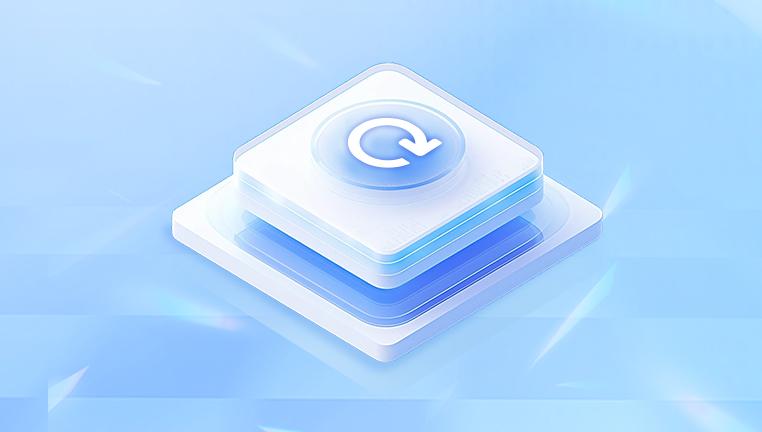How do i recover data from a damaged hard drive
Recovering data from a damaged hard drive is a crucial process that many people face at some point, whether due to accidental drops, mechanical failures, logical errors, or other unforeseen issues. Hard drives store critical data ranging from personal photos and videos to important business files, so understanding how to recover data safely and effectively can save you from significant loss and stress.
1. Hard Drive Damage Types
Before starting recovery, it’s important to know what kind of damage your hard drive has suffered because different types require different approaches:
Physical Damage
This involves mechanical or electronic failures such as:
Head crashes (the read/write head physically touching the platter)

Motor failure (the drive doesn’t spin up)
Printed Circuit Board (PCB) damage
Water or fire damage
Physical impact like drops or crushing
Logical Damage
The hard drive hardware is intact, but data is inaccessible due to:
File system corruption (damaged partition tables or boot sectors)
Accidental deletion or formatting
Virus or malware attacks
Software glitches or OS corruption
Bad sectors or corrupted clusters
2. Recognizing Signs of Hard Drive Failure
Identifying symptoms early can help avoid further damage and increase the chances of successful recovery:
Drive not detected by the computer or BIOS
Clicking, grinding, or beeping noises
Files or folders suddenly missing or inaccessible
System freezes or crashes when accessing the drive
Error messages like “Drive not formatted” or “Disk error”
Slow file access or frequent read/write errors
If you notice these signs, immediately stop using the drive to avoid overwriting data or worsening physical damage.
3. Immediate Precautions and Preparations
Stop Using the Drive: Any further writing or accessing can overwrite recoverable data.
Check Cables and Ports: Sometimes connection issues mimic drive failure.
Try Different Devices: Connect the drive to other computers or use external USB adapters.
Avoid Opening the Drive: Internal parts are extremely sensitive to dust and require cleanroom environments.
Do Not Format or Run Disk Utilities Hastily: Some tools can cause more harm if used incorrectly.
4. Diagnosing the Hard Drive
Listen for Noises: Clicking or grinding means severe mechanical failure.
Check Detection: Use BIOS or disk management tools to see if the drive is recognized.
Use SMART Monitoring Tools: Utilities like CrystalDiskInfo (Windows) or smartctl (Linux) can report drive health status.
5. Logical Damage Recovery Methods
If your drive is detected but data is inaccessible, try the following:
a. Use Built-in Operating System Tools
Windows CHKDSK:
Open Command Prompt as Administrator and run:
chkdsk X: /f /r (replace X with your drive letter)
This attempts to fix file system errors and recover bad sectors. Use cautiously.
Mac Disk Utility:
Use the First Aid function to repair disk errors.
Linux fsck:
File system consistency check and repair tool.
b. File Recovery Software
Panda Repair
Panda Repair can help repair the damaged files once they are recovered. Panda Repair specializes in fixing corrupted documents, images, videos, and other file types, restoring them to a usable state. However, it’s important to note that Panda Repair is not a data recovery tool—it does not extract files from damaged drives directly. Instead, it complements data recovery software by repairing files after extraction.
How Panda Repair Supports Hard Drive Data Recovery
File Repair Capabilities
Hard drive damage often leads to file corruption where files exist but cannot be opened or show errors. Panda Repair scans these corrupted files and reconstructs their internal structure to make them accessible again.
Supported File Types
The software supports a wide range of file formats, including Microsoft Office files (Word, Excel, PowerPoint), PDFs, JPEG, PNG images, and many others. This versatility makes it a great tool for recovering important documents, presentations, photos, and videos from a damaged hard drive.
Simple and Effective Process
Once you have used data recovery software (such as EaseUS, Recuva, or Stellar Data Recovery) to recover corrupted files from your damaged hard drive, you can load those files into Panda Repair. The software will then scan, repair, and allow you to save the restored files.
Recommended Workflow
Use dedicated recovery software to extract files from the damaged hard drive.
Save the recovered, possibly corrupted files on a healthy storage device.
Run Panda Repair on the corrupted files.
Save the repaired files to a safe location.
Panda Repair is a powerful addition to your data recovery toolkit, particularly when dealing with corrupted files recovered from damaged hard drives. Always recover files to a separate drive before repairing to prevent further data loss.
6. Physical Damage Recovery Approaches
If your hard drive shows signs of physical damage (no spin-up, loud clicking):
a. Professional Data Recovery
Send the drive to a reputable data recovery service.
They have cleanrooms and specialized tools to repair or transplant components.
Can recover data directly from platters if electronics or mechanics fail.
Costly but highest success rate.
b. DIY Physical Repairs (Not Recommended)
PCB Swap: Replacing the circuit board with an identical model can sometimes bring a dead drive back temporarily.
Freezing Method: Sealing the drive in an airtight bag and freezing it to temporarily stabilize mechanical components.
These methods carry risks and may worsen damage if not done properly.
7. Creating a Disk Image Before Recovery
To protect your original data, create an exact image of the damaged drive using tools like ddrescue on Linux. Work on the image instead of the original, minimizing risk of further damage.
8. Advanced Recovery Techniques
Hex Editors: Skilled users can manually extract data by analyzing raw drive contents.
RAID Recovery: For RAID arrays, specialized software or professional help is necessary.
Firmware Repair: Some damage involves corrupted drive firmware, requiring manufacturer support.
9. Data Recovery Workflow Summary
Stop using the drive immediately.
Check physical connections and test on multiple devices.
Identify damage type (physical vs logical).
Use OS utilities to fix minor file system errors.
Employ data recovery software to retrieve lost files.
If physically damaged, consult professional recovery services.
Create disk images before intensive recovery attempts.
Always recover files to a different storage device.
10. Preventing Future Data Loss
Regularly back up data to external drives or cloud storage.
Use high-quality, reliable hard drives.
Handle drives carefully; avoid drops or impacts.
Properly eject external drives before disconnecting.
Monitor drive health with SMART tools.
Keep antivirus software updated to prevent malware damage.

